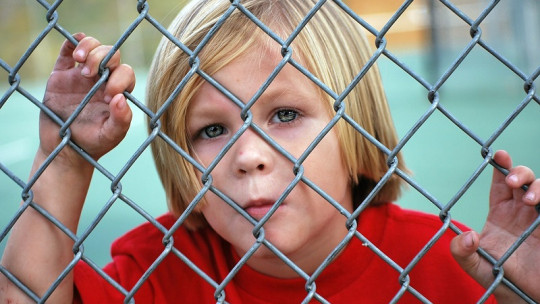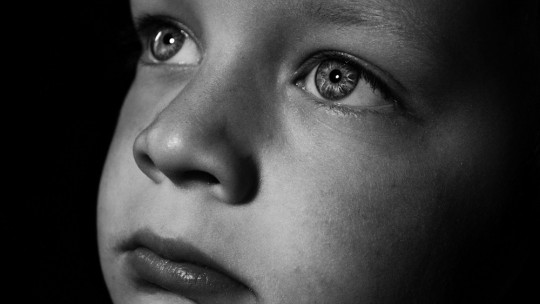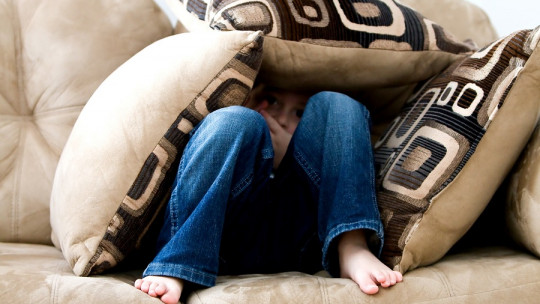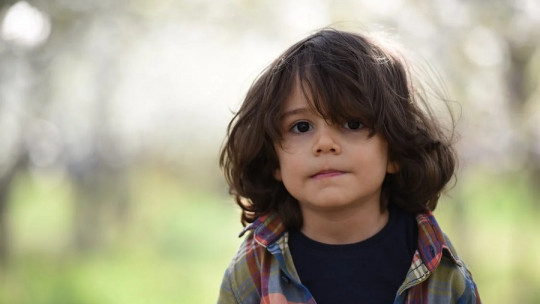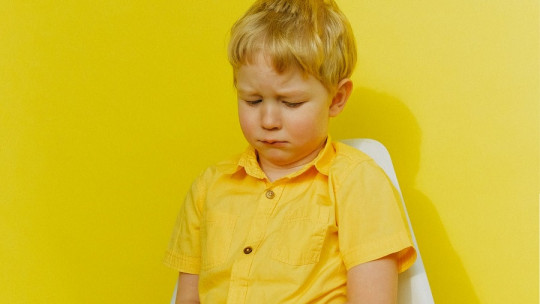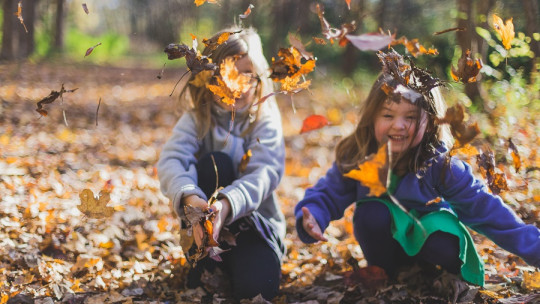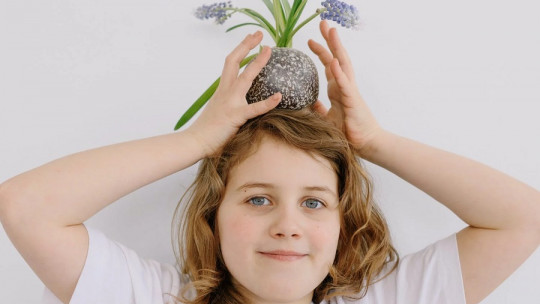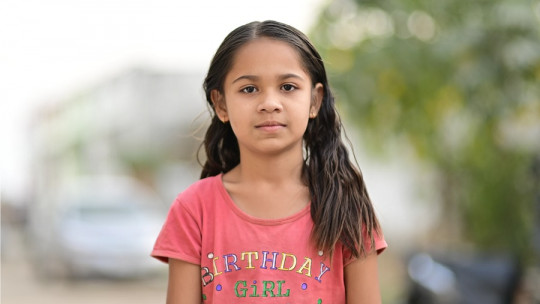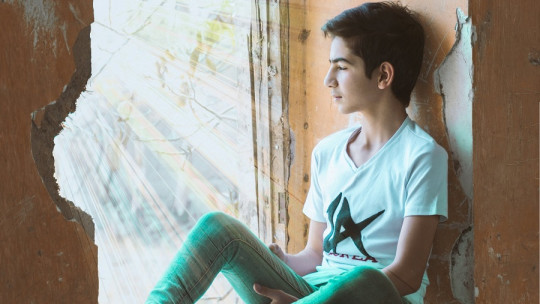
Childhood is often described as a time of play and fun, but this does not have to be the case.
In the same way that excess anxiety is among the most frequent psychological problems among adults, statistically it also greatly affects the little ones in the house, and if we add to this that they have fewer resources to manage these experiences without using no one else, the need to understand their world to help them and prevent these types of problems becomes evident.
Therefore, in this article we will a review of the most common sources of childhood anxiety in boys and girls
Common sources of childhood anxiety in children
These are the day-to-day experiences that can easily give rise to childhood anxiety.
1. Conflicts in the family environment
The family forms the social environment in which children should feel safe, but this does not happen in all cases. Some boys and girls learn to be constantly alert when surrounded by arguments, fights and punishments, etc.
We must not forget that mental health is not individual, but contextual, and that Our emotional well-being, both in childhood and in our adulthood, is linked to what happens around us … although with the difference that boys and girls have less room for maneuver to face the stressful situations that occur in their home on their own, as they have less freedom.
2. Irrational fears
In many ways, children and adolescents think very differently from adults; It is not that they lack information or knowledge quantitatively, that too, but that their mind works in a qualitatively different way. Only in this way can we understand, for example, that up to certain ages it is normal for them to have imaginary friends or that their understanding of the world is clearly superstitious in many aspects. To fill your knowledge gaps, They use what is called magical thinking and which consists of attributing intentions, emotions, motivations and thoughts to inanimate elements: objects, landscapes, plants, stars, etc.
In this way, they manage to make sense of what surrounds them by grouping a series of complex elements (for example, what can be seen in the sky) into imaginary entities that group many of these elements forming units (for example, a magician who, when transforms becomes the set of clouds that we can see up there).
The negative aspect of this is that the small They are vulnerable to a series of irrational fears which in some cases can cause anxiety and even problems sleeping. As parents, educators and psychological well-being professionals, it is important to help them face these fears without getting used to constantly fleeing from those elements (darkness, objects that generate fear, etc.).
3. An overload of tasks
Something that many parents unfortunately overlook is that the little ones need to have free time and play, with no other intentions than to have fun and experiment. Not only is it not a waste of time, but it is your way of directly learning how the world works and personal relationships (in the case of the game with the group of friends).
That’s why, It is a serious mistake to fill our children’s schedule with one extracurricular activity after another, something that is sometimes done to try to help children learn as much as possible from their first years of life. Not only is it counterproductive as a long-term learning project (it is difficult to enjoy these activities in such a situation, and therefore self-motivation is low), but it can also lead to serious stress and anxiety problems.
4. Misuse of social networks
Social networks are another area in which young people interact with each other and develop their own identity, especially in adolescence, the stage in which identification with a reference group (composed of young people of similar age) is most important. But since this virtual environment is a world of extremes, content that shows idealized aesthetics and lifestyles stands out above all.
This leads many minors to feel bad about their lives and try to improve their self-esteem by “competing” for the attention and validation of others on these social networks, either by sharing their own content or constantly reviewing what others upload so as not to. miss nothing and be up to date. This need to constantly think about the operating logic of social networks, whose content is updated second by second, can lead to anxiety: seeing that the last publication we uploaded has not received too many interactions, arguing with someone in a comments section, etc.
5. The habit of playing video games at all hours
Many video games have playable mechanics with a great capacity to “hook” the player and make it difficult for them to detach themselves from the screen Children and adolescents are especially vulnerable to this phenomenon, because on the one hand, in the first years of life it is more difficult to regulate impulses by putting long-term goals first, and on the other hand, most of these games are visually narratively designed to attract the younger population.
This causes, for example, many children to feel discomfort and anxiety when they cannot play, or experience frustration or anger when they have to interrupt a game to do other school or family tasks, etc. Therefore, although video games are not bad in and of themselves, we must ensure that their usage guidelines are correct.

